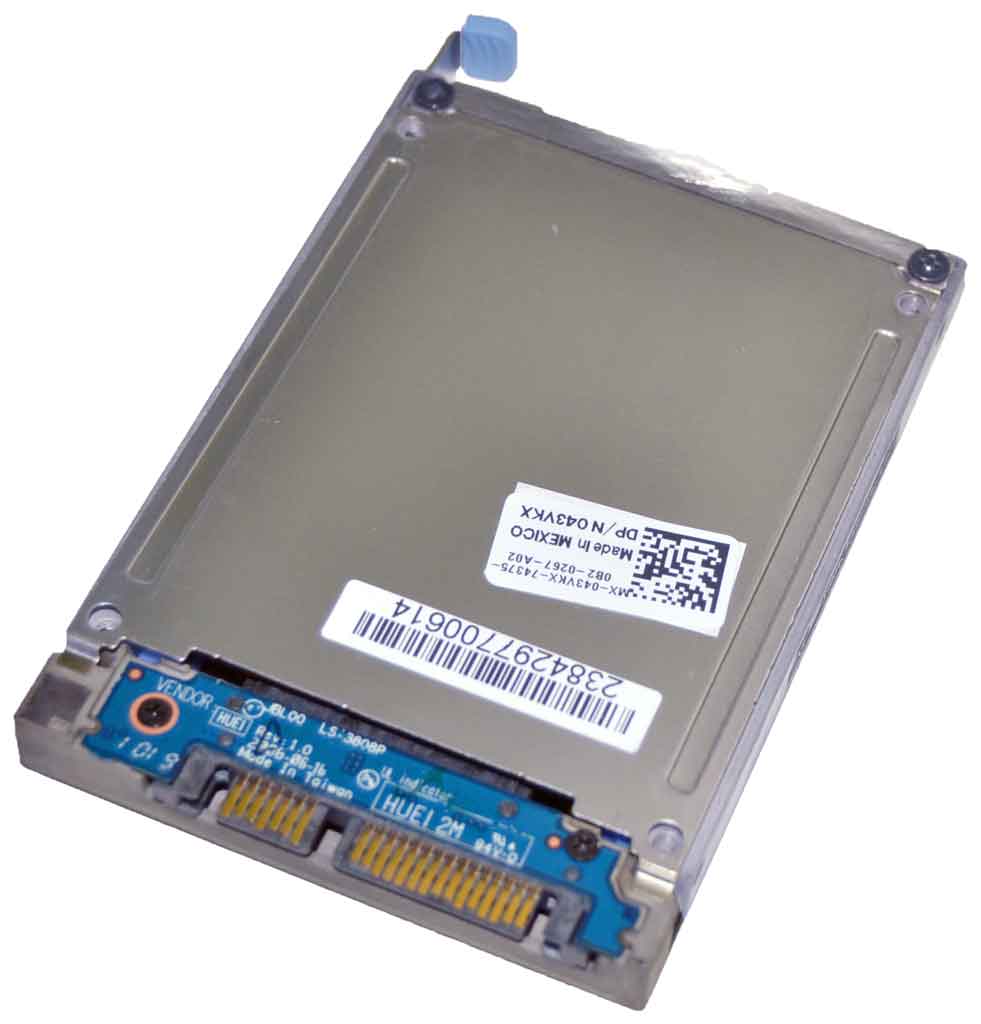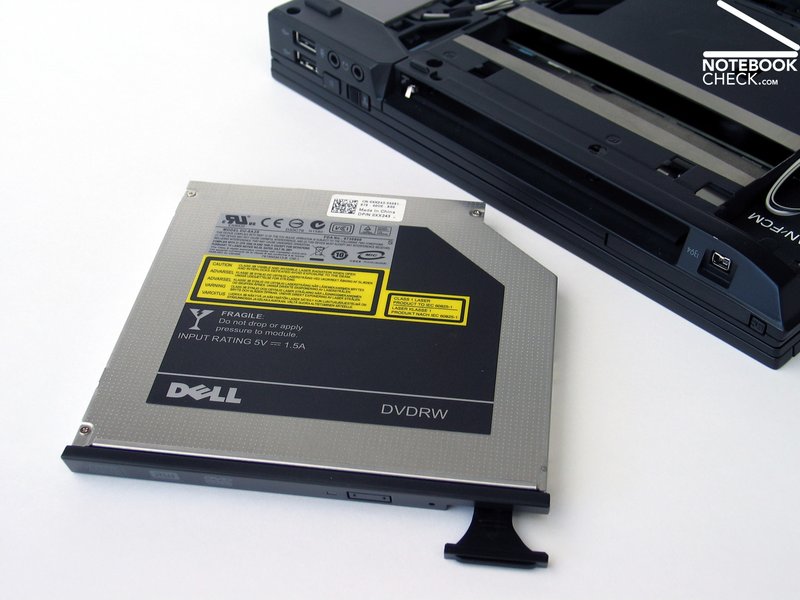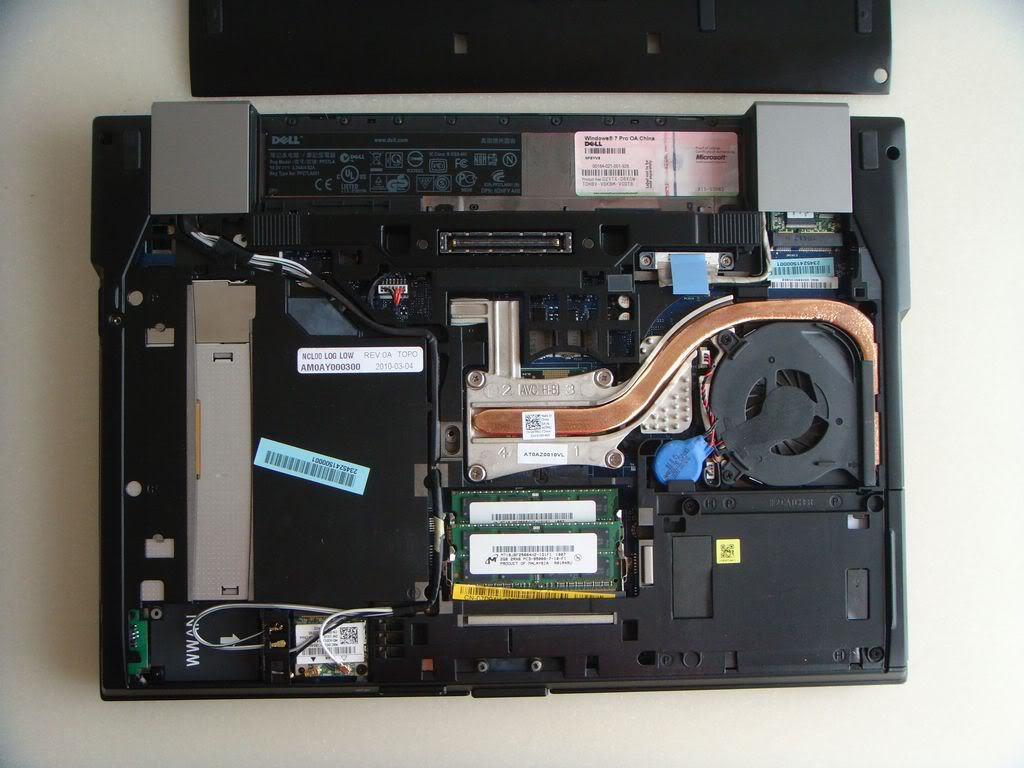Latitude E6400 Hard Drive Replacement

The ongoing issue of failing hard drives in the Dell Latitude E6400 laptops continues to be a significant concern for users across various sectors, prompting both independent repair shops and larger IT departments to implement replacement strategies.
This article examines the scope of the problem, the methods employed for addressing it, and the overall impact on businesses and individual users relying on these machines, highlighting the need for proactive solutions.
Scope of the Issue
The Dell Latitude E6400, a popular business laptop released in the late 2000s, has a documented history of hard drive failures, particularly among models that have seen heavy usage over extended periods.
These failures, often attributed to normal wear and tear or mechanical degradation, can result in data loss, system instability, and ultimately, laptop inoperability, impacting both personal and professional productivity.
Anecdotal evidence from online forums and tech support communities suggests that a significant proportion of E6400 users have experienced at least one hard drive failure during the laptop's lifespan.
Replacement Procedures: A Detailed Look
Replacing the hard drive in a Latitude E6400 is a relatively straightforward process, often achievable with basic technical skills and readily available tools.
The process typically involves backing up existing data, accessing the hard drive bay (usually located on the bottom of the laptop), removing the old drive, and installing a new one.
Many users opt for Solid State Drives (SSDs) as replacements due to their increased speed, durability, and lower power consumption compared to traditional Hard Disk Drives (HDDs).
DIY vs. Professional Repair
While some users are comfortable performing the replacement themselves, others prefer to enlist the help of professional repair services.
The DIY approach offers cost savings, but carries the risk of improper installation or data loss if not executed carefully.
Professional repair services provide expertise and guarantee the work, but come at a higher cost.
"We've seen a steady stream of E6400 hard drive replacements coming through our shop for years," says John Davis, owner of a local computer repair shop. "The SSD upgrades are particularly popular, giving these older machines a new lease on life."
Impact on Users and Businesses
The widespread hard drive failures in Latitude E6400 laptops have had a tangible impact on both individual users and businesses that rely on these machines.
Data loss, downtime, and the cost of replacement drives or professional repairs all contribute to financial and operational burdens.
For businesses, a large number of failing drives can translate into significant IT management overhead and potential security risks associated with unencrypted data on discarded hard drives.
Data Security Concerns
The secure disposal of old hard drives is a critical consideration during the replacement process.
Simply deleting files is not sufficient to prevent data recovery by malicious actors.
Businesses are advised to use professional data wiping services or physical destruction methods to ensure the confidentiality of sensitive information stored on the failing drives.
Long-Term Implications and Mitigation Strategies
As the Latitude E6400 laptops age further, the frequency of hard drive failures is likely to increase, emphasizing the need for proactive mitigation strategies.
These strategies may include regular data backups, migrating to newer hardware, or implementing comprehensive hard drive monitoring and replacement programs.
For organizations still heavily reliant on E6400 laptops, a well-defined replacement plan is crucial to minimizing disruptions and maintaining operational efficiency.
Ultimately, the ongoing hard drive issue highlights the importance of lifecycle management for technology assets and the need for a strategic approach to hardware maintenance and upgrades.

















